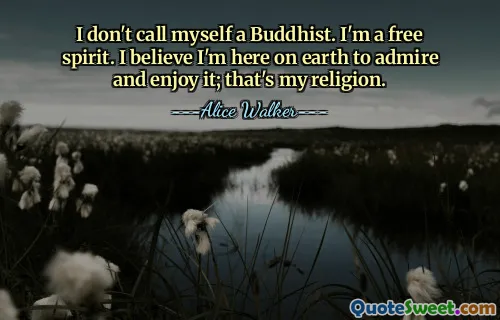
She doesn't believe in dogs, Bridget said. Dogs are hardly an article of faith, Sylvie said.
This exchange highlights the nuanced relationship between belief and skepticism, using the metaphor of faith. When Bridget notes that she doesn't believe in dogs, she might be referencing skepticism about dogs' loyalty, their qualities, or perhaps their place in their world. Sylvie counters by suggesting that dogs are hardly an article of faith, implying that unlike religious faith, which is based on belief without proof, trust in dogs is tangible and grounded in experience. This exchange invites reflection on what constitutes faith versus belief based on evidence.
Within this context, the distinction between faith and belief becomes a focal point of analysis. Faith often conveys a sense of hope, trust, or conviction without empirical proof, often associated with spiritual or philosophical realms. Belief, on the other hand, can be more empirical or pragmatic, grounded in reality and observable truth. Sylvie's assertion underscores that dogs, unlike some intangible concepts, are real, dependable, and grounded in tangible interactions.
The dialogue subtly explores themes of trust and perception—how we choose to believe based on our encounters and convictions. It also reflects the human tendency to ascribe differing levels of importance or credibility to different objects of belief, whether they be religious, personal, or practical. Such contemplation also raises questions about the nature of trust in our relationships with animals, which often serve as reflections of our own capacity for faith and understanding.
In literary works like 'Life After Life' by Kate Atkinson, this kind of subtle irony and exploration of human beliefs and perceptions can be powerful tools to examine deeper existential themes. As characters navigate their perceptions of the world, their beliefs reveal underlying values and fears. Here, the contrast between belief in dogs and faith in the unseen or intangible invites us to consider our own thresholds of trust, skepticism, and the ways we interpret our experiences—reminding us that trust in the tangible can be just as profound as faith in the unseen.








